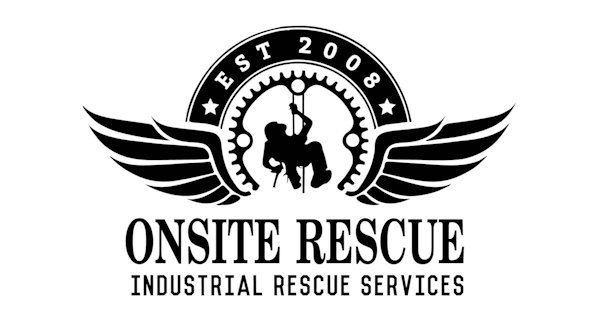FAQ
Here are some common FAQs to help you understand how regulations apply to confined spaces.
Ontario Reg 632/05 is the Confined Space Regulation
Guideline to Ontario Reg 632/05
What is a Confined Space?
- that is not both designed and constructed for continuous human occupancy, and
- in which atmospheric hazards may occur because of its construction, location or contents or because of work that is done in it.
If you have a space that is fully or partially enclosed, the two conditions – (a) and (b) above – must both apply before the space can be considered a “confined space
Examples: Manholes, boilers, wells, storage tanks, sewers, vats, trenches, etc.
Is there a difference between a "restricted space" and a "confined space"?
Yes. Only the Regulation for Health Care and Residential Facilities (O. Reg. 67/93) speaks of a “restricted space” in section 42. In this regulation a restricted space refers, in part, to a “space from which the egress of a worker is restricted, limited, or impeded”. A “restricted space” may also be a confined space, thus, an evaluation of the space may determine that the area is either a confined space, a restricted space, or both.
What are potential hazards of a confined space?
A confined space may contain any number of hazards, from biological and mechanical to physical, chemical, or atmospheric. The space may be oxygen-deficient or oxygen-enriched. It may contain bacteria capable of producing flammable or toxic gases, as well as physical hazards such as electrical or radiological risks, structural issues or the potential for engulfment, where a worker is surrounded and effectively captured by a liquid or flowable solid substance.
What is an Atmospheric hazard?
“Atmospheric hazards” means,
- the accumulation of flammable, combustible or explosive agents,
- an oxygen content in the atmosphere that is less than 19.5 per cent or more than 23 per cent by volume, or
- the accumulation of atmospheric contaminants, including gases, vapours, fumes, dusts or mists, that could,
i. result in acute health effects that pose an immediate threat to life, or
ii. interfere with a person’s ability to escape unaided from a confined space.
If measures and/or controls are taken to control hazards in a space prior to workers entering it, do we still need to consider it a confined space?
Control measures, such as continuous mechanical ventilation to ensure that the concentrations of an atmospheric hazard are controlled or maintained at an appropriate level, would not eliminate the possibility of a potential atmospheric hazard, and therefore the space would be considered a confined space.
What are the hazards of oxygen deficiency or enrichment?
If the concentration of oxygen falls below the acceptable limit of 19.5%, the space is oxygen-deficient. This hazard is a significant cause of many fatalities in confined spaces. Oxygen deficiency may occur from biological or chemical reactions such as rusting, or by displacement of oxygen by other gases.
Why is working in a confined space more hazardous than working in other workspaces?
Many factors need to be evaluated when looking for hazards in a confined space. There is smaller margin for error. An error in identifying or evaluating potential hazards can have more serious consequences. In some cases, the conditions in a confined space are always extremely hazardous. In other cases, conditions are life threatening under an unusual combination of circumstances.
This variability and unpredictability are why the process of hazard and risk identification and assessment is extremely important and must be taken very seriously each and every time one is done.
Some examples include:
-
- The entrance or exit of the confined space might not allow the worker to get out easily should there be a flood or collapse of free-flowing solid.
- Self-rescue by the worker is more difficult.
- Rescue of the victim is more difficult. The interior configuration of the confined space often does not allow easy movement of people or equipment within it.
- Natural ventilation alone will often not be sufficient to maintain breathable quality air. The interior configuration of the confined space does not allow easy movement of air within it.
- Conditions can change very quickly.
- The space outside the confined space can impact the conditions inside the confined space and vice versa.
- Work activities may introduce hazards that were not present initially.
- Lack of communication between the workers in the space, the attendant and the emergency response team.
What does a confined space program include?
What does the regulation say about an Attendant?
Whenever a worker enters a Confined Space, an Attendant must be stationed outside and near the entrance. They must be in constant communication with the Entrants and they must be capable of summoning the Rescue Team for help. The Attendant shall never enter the space.
What is the requirement for Rescue in a Confined Space?
An adequate written Rescue Plan must be created and available for immediate implementation. An adequate number of persons trained in the plan and use of the rescue equipment as well as first aid and CPR must be immediately available to affect a rescue. Calling 911 is not an acceptable Rescue Plan. Third party rescue services are acceptable.
Who Needs Training?
Anyone working within or around a confined space requires Confined Space Training.
